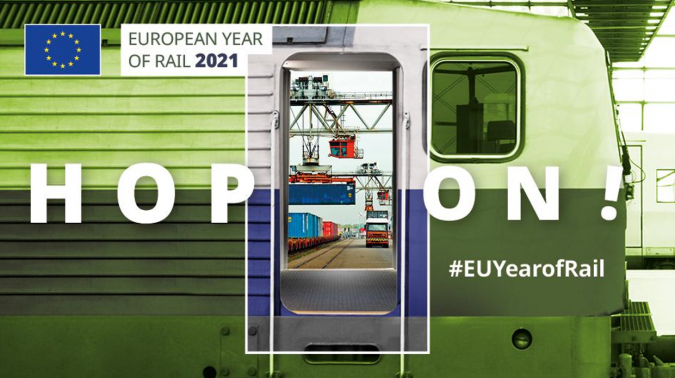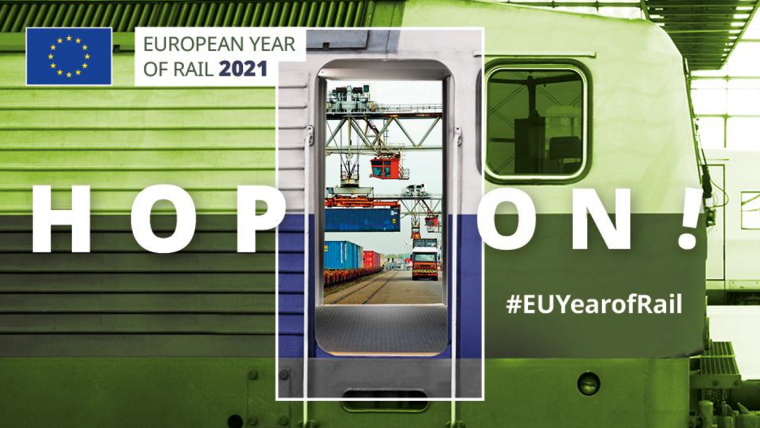EGNOS and Galileo Integral Part of EU Digital Rail Agenda
The European Year of Rail brings attention to a number of topics important for improving the role of rail within the EU transport ecosystem. EGNOS and Galileo are an integral part of the Digital Rail agenda, both freight and passenger transport rely on the European satellite navigation system, improving service provision with more than 150 000 freight wagons in Europe equipped with GNSS-based localization to provide accurate information about the wagon position.
Precise location is used for asset and fleet management purposes, becoming a crucial element for efficient supply chain operations, and service to customers with estimated time of goods arrival.
The recently published Policy paper “Challenges for European rail – getting solutions on track” by Jacques Delors Institute, highlights the main challenges and opportunities for the railway system evolution in Europe, focusing on increasing the rail attractiveness and make it the transport of choice for the decades to come.
Safe use of GNSS for train signaling
The European GNSS Agency (GSA) continues to support projects and initiatives leading towards potential adoption of EGNOS and Galileo within European Rail Traffic Management System (ERTMS), aiming to decrease the costs linked to the ERTMS deployment and its carbon footprint by reducing the dependency on physical trackside elements that need to be manufactured, installed and maintained for proper train localization.
The GSA is not alone in the effort to bring the benefits of satellite-based localization from space to the railway track. The European Space Agency (ESA) and Shift2Rail are supporting within a dedicated R&D programme the necessary evolution of the main technological building blocks or pilot projects. Meanwhile the EU Railway industry, managers and operators, supported by the sectorial associations - UNIFE, CER and EUG - contribute by launching pilot lines and participating to projects and expert groups with the aim to close the technological gaps towards safe use of GNSS within ERTMS.
Last year, the GSA and ESA supported the ERTMS Users Group’s Change Request 1368, aiming to introduce EGNOS as the first step towards future safe use of GNSS for train signaling within ERTMS. Nowadays, additional projects are focusing on the development of a dedicated EGNOS service for Rail in-line with the railway requirements for fail-safe train positioning. This year, the GSA will launch two additional research projects focused on the development of GNSS receiver prototypes that aim at simplifying the adoption also for the EU Rail system integrators interested to deploy GNSS within their product offering for railway signaling in Europe.
GNSS has the potential to enable a cheaper, more flexible and greener ERTMS, possibly offering also its faster deployment beyond the EU mainline corridors. Outside of Europe, GNSS is already used for fail-safe train localization (e.g. within the Positive Train Control (PTC) in the USA). The role and priorities of the sectorial associations, and especially the EU rail system integrators, will be a key factor for GNSS success within the ambitious Digital Rail agenda, allowing a faster progress towards closing technological gaps and agreeing on the final and best approach towards GNSS inclusion in ERTMS.


Value staying current with geomatics?
Stay on the map with our expertly curated newsletters.
We provide educational insights, industry updates, and inspiring stories to help you learn, grow, and reach your full potential in your field. Don't miss out - subscribe today and ensure you're always informed, educated, and inspired.
Choose your newsletter(s)












